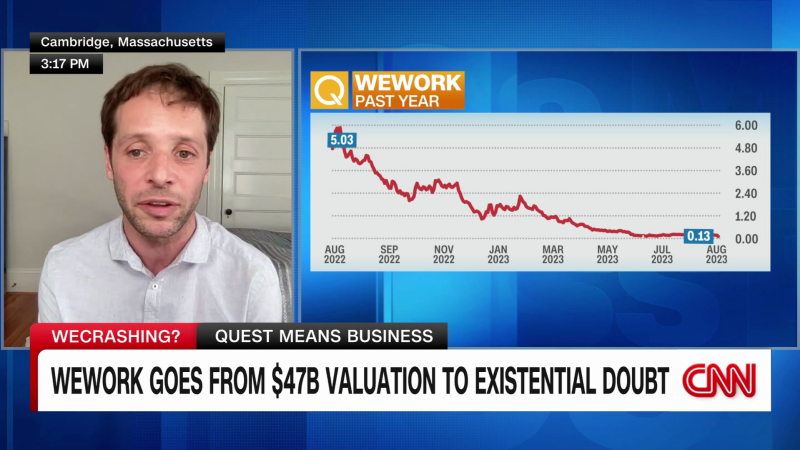For a little over a quarter of Americans, their biggest financial fear is not having enough money saved for retirement, according to a recent WalletHub survey.
And many have set pretty lofty goals. On average, Americans think they’ll need around $1.2 million to retire comfortably, per Northwestern Mutual’s 2023 Planning and Progress Study.
But most have much less than that saved up — last year, the median retirement account balance in the U.S. was $27,376, according to Vanguard’s 2023 “How America Saves” report.
Don’t fret if you feel a long way away from reaching your retirement goals. One of the best ways to ensure you’ll have enough money to retire comfortably is to start sooner rather than later. When you begin early, even small contributions can grow exponentially over time, thanks to the magic of compounding interest.
To that point, CNBC calculated how much someone who earns $80,000 annually would need to save each month in order to retire with $1.5 million at age 67. These calculations assume a starting balance of $0 and don’t factor in variable life events such as market volatility, layoffs, raises or promotions.
If you start at 21
- Earning a 3% annual rate of return: $1,260 per month
- Earning a 5% annual rate of return: $697 per month
- Earning a 7% annual rate of return: $366 per month
- Earning a 10% annual rate of return: $128 per month
If you start at 25
- Earning a 3% annual rate of return: $1,485 per month
- Earning a 5% annual rate of return: $873 per month
- Earning a 7% annual rate of return: $490 per month
- Earning a 10% annual rate of return: $192 per month
If you start at 30
- Earning a 3% annual rate of return: $1,843 per month
- Earning a 5% annual rate of return: $1,167 per month
- Earning a 7% annual rate of return: $711 per month
- Earning a 10% annual rate of return: $319 per month
While having an overall retirement savings goal in mind can be helpful, it can also feel intimidating if you’re a long way away from your target number.
Instead, aim to focus on your savings rate, which is the percentage of your annual income you set aside for retirement. Fidelity recommends a savings rate of 15%, inclusive of your employer’s match, if available.
But you don’t have to start at that level right away. Instead, start where you can and increase your contributions by 1% each year until you reach the recommended savings rate.
“Saving for retirement may seem like a steep mountain to climb, but the climb doesn’t have to be as steep as it looks,” Ann Dowd, vice president at Fidelity, says in Fidelity’s November Viewpoints report. “Small steps now can turn into big strides later.”
DON’T MISS: Want to be smarter and more successful with your money, work & life? Sign up for our new newsletter!
CNBC will host its virtual Your Money event on November 9 at 12 p.m. ET, with experts including Jim Cramer, Ben McKenzie and Farnoosh Torabi. Learn how to boost your finances, invest for the future, and mitigate risk amid record-high inflation. Register for free here.
CHECK OUT: 56% of workers say they’re not on track to retire—how much money experts say you actually need
Read the full article here







